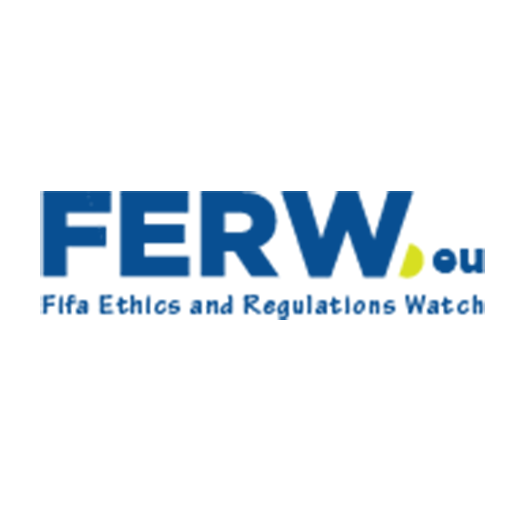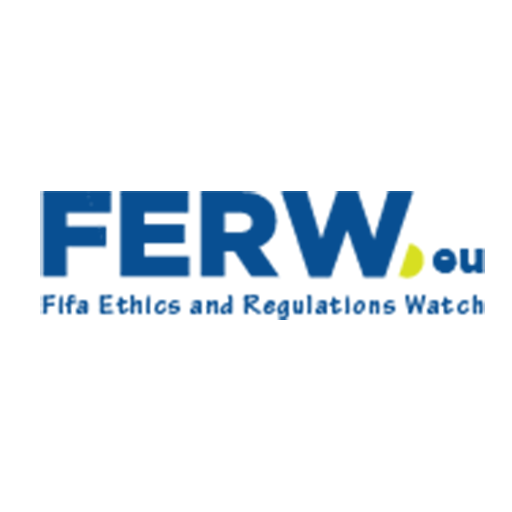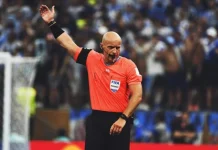FIFA implemented a ground-breaking ban on loans of players between clubs owned by an individual or organization. The regulation is a reaction to increasing criticisms over the competitive imbalances presented by multi-club ownership structures, whereby one owner has a number of clubs and can transfer players easily. By abolishing these internal transactions, it is the benchmark of FIFA to bring back equilibrium and honesty to competitions.
The number of loan deals that a club could broker was previously restricted but there was no individual prohibition on intra-group dealings. City Football Group, Red Bull amongst other ownership groups exploited these loopholes to have feeder clubs to develop players before settling them on their bigger teams. The new regulations eliminate this gap and cover the whole world.
How the Ban Reshapes Ownership and Transfer Dynamics
One of the central aims of such regulation is the player hoarding practice common in large ownership groups, which accumulate talent at several clubs and transfer without stepping into a combative marketplace without going into negotiations. Critics have expressed that this has the effect of killing off competition and diminishing levels of player agency and warping the prices of transfers.
The FIFA intra-group loans to be abolished are making clubs tend to commit long term, more reasonable and fair development lifecycles, and more open market dealings. It also minimizes possible conflicts of interests where the clubs under the common ownership participate in the same tournament. This kind of move is already present in competitions ruled by UEFA and its implementation by FIFA means that it will go worldwide.
Impact on Multi-Club Business Models
This action breaks up the blueprint of the operation of the operation run of most of the multi-club organizations. Having control of how the players move has been a major competitive edge. Abandoning the ban on transfer of ownership and resulting in an increase in powers of the owners, the latter will now revise their governance structures, transfer mechanisms and talent pipelines that will match the new restriction.
Although some Premier League clubs have registered their protest citing that such a move will result in loss of development synergies, the vehement stand of FIFA demonstrates the compromise between innovation on how we conduct our clubs and the possible breach on the competitive integrity of a sport.
Governance, Fairness, and Legal Ramifications
The regulation aligns with broader governance trends, including the Football Governance Act 2025, which has tightened oversight on ownership and transparency. By restricting intra-group transactions, FIFA reduces the risk of results being influenced—directly or indirectly—by the same ownership structure controlling multiple clubs.
This emphasis on integrity addresses growing concerns from fans, regulators, and smaller clubs about the concentration of power in global football.
Legal Challenges and Compliance Complexity
Implementing the ban presents challenges. Multi-club ownership structures often involve layered corporate arrangements, making enforcement complex. Defining what constitutes “control” or “influence” is critical to prevent loopholes through indirect ownership or partnerships.
Clubs must navigate compliance without breaching existing contracts or destabilizing financial operations. Some ownership groups may seek phased enforcement or exceptions, but FIFA’s language suggests a firm, uncompromising approach.
Broader Football Market Implications in 2025 and Beyond
The ban reshapes how young talents are nurtured. Feeder clubs within multi-club systems will no longer serve as direct stepping stones to bigger clubs under the same umbrella. Instead, development will require more independent pathways or competitive market transfers.
This change promotes transparency, increases negotiation opportunities for smaller clubs, and could strengthen player rights by ensuring career moves are based on merit and market demand rather than internal planning.
Signaling a Shift in Football Ownership Philosophy
The ruling by FIFA is part of a larger trend of regulation in opposition to the free licensing of commercialization of football. With the growth of ownership networks in a global system, competitive balancing, ownership diversity, and openness of markets rather than the efficiency of control through centrally organized governance are becoming a priority of governing authorities.
The transition is in reflection of the wider corporate governance changes in sport where ethical responsibility and financial success are considered equally.
Insights from Industry Observers and Experts
Prominent football journalist Fabrizio Romano noted that
“The ban represents a historic moment to end regulatory loopholes exploited by multi-club ownership groups, promoting fairer competition for players and clubs globally”.
🚨 Premier League clubs set to vote on Nov 21 to introduce temporary BAN on incoming loan deals between associated party clubs.
It needs 14/20 clubs to pass motion, as @CraigHope_DM reported.
Crucial for deals like Ruben Neves and more. pic.twitter.com/AhdFtxYrml
— Fabrizio Romano (@FabrizioRomano) November 8, 2023
This observation by him highlights the perspective that the change of policy by FIFA is not merely to impose a free movement restriction policy but to give back credibility to the transfer system as far as football is concerned.
To comment on the trends, as governance analysts suggest, it ought to carry strong collaboration between FIFA, UEFA and national associations in order to make the ban successful. Absent concerted enforcement, there would be a high possibility of avoiding the requirement, especially in those markets where regulation is much weaker.
Multi-Club Ownership and Regulation
In the wake of the FIFA multi-club player transfers ban 2025 that has finally come into being, clubs have to change the environment and work under a more competitive yet transparent environment. The result of this is most probably going to be some form of reorganization of multi-club organizations, a much more active and direct engagement in unrestricted transfer markets, and a more active concentration on internal development of the players without need of affiliated clubs.
This could mean that independent clubs will have new avenues to purchase talents that used to be hoarded by the ownership chains thus bringing a level playing field. Whether the ban will ultimately have an effect remains to be seen in regards to how the punishment is enforced, but it establishes a precedent of football governance taking one step towards ensuring greater protection of football integrity.
With this change of regulation, questions remain on the extent governing bodies will go in regulating ownership structures. Will the next step involve caps on the number of clubs an entity can own? Or stricter oversight of cross-border acquisitions? The answers will shape football’s global landscape for the next decade.










